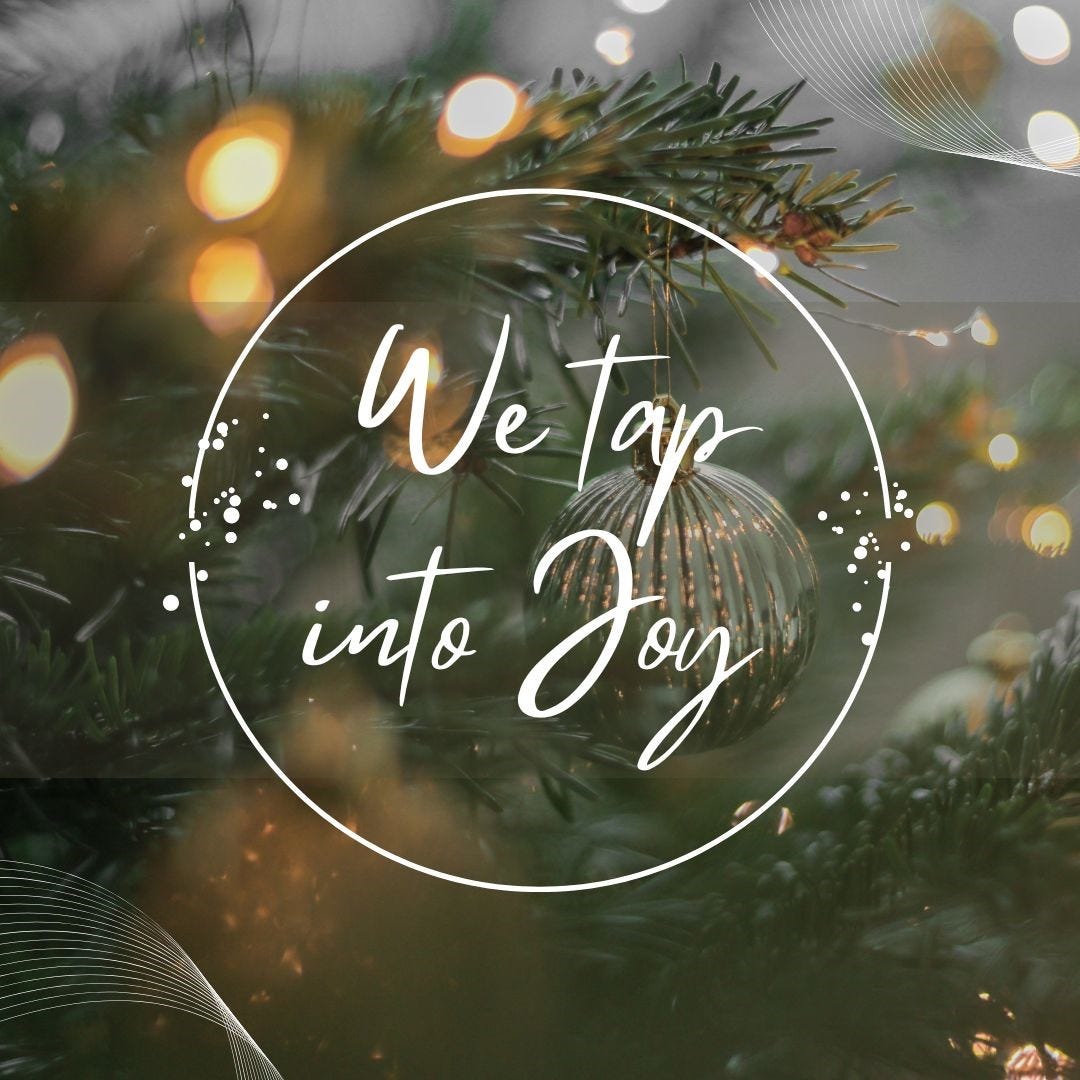This past week, my neighbors hired a Santa and Mrs. Claus to come to our cul-de-sac for three hours to greet children, pets, and anyone who stopped by. Another neighbor, who’s a professional photographer, took pictures of the families with the Claus’s. There were cookies to eat and neighbors to greet, some of whom I hadn’t talked with since Halloween, the night of our previous block party. These neighbors always make sure their holiday decorations are kid-friendly and their yard is a destination for families with small children, who will walk over and hang out for a while. We felt like we hit the jackpot when we moved here with a six year old and eight year old. Thanks in large part to my neighbors, our court of four houses is known in our neighborhood as a place where children are welcome and people are friendly. My family just joined in the vibe when we moved in and were told, “we raise kids and dogs in this neighborhood.” Perfect!
I recently heard hope and optimism, and joy and happiness, differentiated as hope and joy being inside jobs while optimism and happiness are external. On the first week of Advent, I discussed how hope is a cognitive decision, not an emotion. We feel optimistic; we are hopeful. Similarly, we feel happy; we have joy. I would venture to say that my neighbors spread happiness out of their desire to share their internal joy. They have an internal joy that, in the years I have known them, they have not allowed anyone or anything to steal. I am coming to suspect that in addition to being an inside job, it is also a learned skill.
“Don’t let them steal your joy” is a saying so old that even the internet doesn’t know its origin. Joy is one of the fruits of the Spirit, and while we don’t talk about the other fruits being stolen, we do experience lapses in the others as well. We become impatient, we are mean, intolerant, lose our self-control, and have a penchant for violence. It’s curious how for most of these, we take responsibility - “I’m sorry I lost my temper.” “I’m sorry, that wasn’t kind.” Yet we approach joy differently. In the first “Inside Out” movie from Disney Pixar, Joy, one of the emotions, gets lost and has to find her way back. It’s clearly an inside job. However, in the second movie, Joy is locked up by Anxiety and discarded.
We are an incredibly anxious people these days. Does our anxiety block our access to joy? When we allow our joy to be taken, we don’t always even realize it until after the fact. Our anxiety wants us to fit in, to be accepted, for others to like us. Or, our anxiety wants to keep us safe and so we deem it too risky to do the fun thing that would nurture our joy. Just like in “Inside Out 2,” this puts anxiety in the driver’s seat instead of joy or peace or love. And sometimes anxiety will edge out those others fruits, either heighten them perhaps, like self-control, or decrease them, like your sense of inner peace. Anxiety can make us less kind. Anxiety can rob us of our inner joy.
As we approach the third Sunday in Advent, an Advent we are intentionally re-imagining and thinking differently about, I invite you to think differently about joy this season. Instead of lights and music and festivities, instead of the outward items, where is your sense of internal joy? Can you access it? Could you tap into it enough to hire a Santa Claus for your whole neighborhood? If joy is both an inside job and a learned skill, what can you do this season to nurture your own internal joy?





